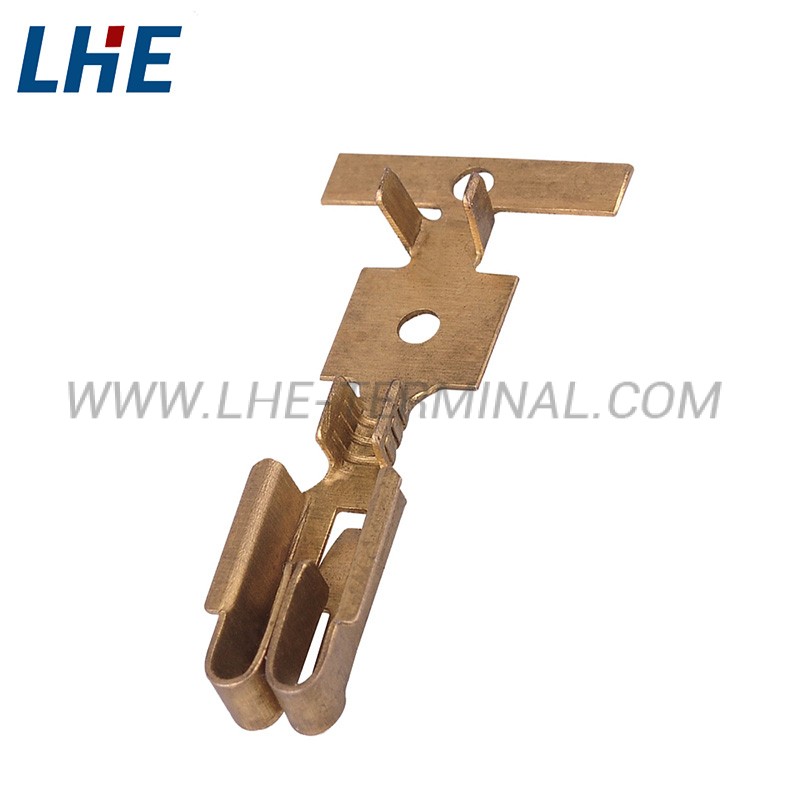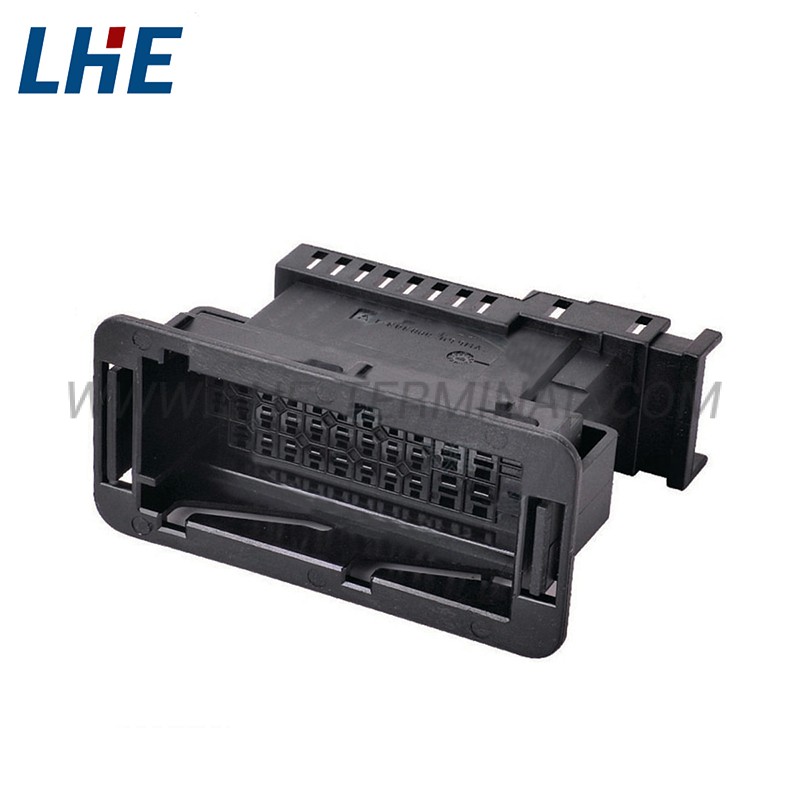Copper alloy materials have excellent bending characteristics, to a certain extent, avoiding the cracking problem of terminal products. The factors that affect the bending characteristics of copper alloys are as follows:
● Mechanical properties of copper alloys: for the same material, the higher the mechanical strength, the worse the plasticity, the worse the bending characteristics.
●Copper alloy plate and strip bending direction: The bending characteristics parallel to the rolling direction are better than those perpendicular to the rolling direction. This is because during the rolling process, the grains are elongated along the rolling direction to form a fibrous structure, and there are many grain boundaries perpendicular to the rolling direction, resulting in material anisotropy.
●Bending angle, bending radius and material thickness of the terminal: the smaller the bending angle of the terminal, the smaller the bending radius, the greater the thickness of the copper alloy sheet and strip, the bending convex surface of the neutral axis of the sheet and strip is stretched
The greater the deformation, the easier it is to crack
●In the terminal stamping production process, in order to make bending and forming easier, a stamping is performed at the corresponding position of the copper alloy plate strip
The pre-indentation changes the texture of the fiber structure of the material, causing deformation and hardening, and the bending characteristics of the material are deteriorated.

















